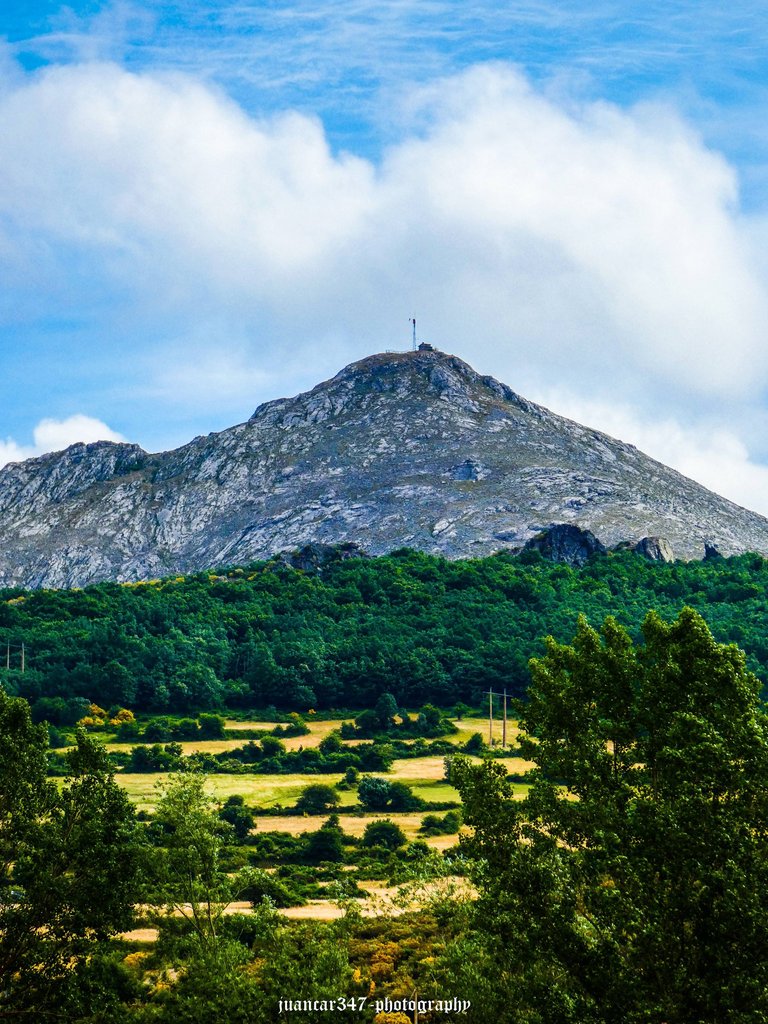[ENG-SPN] On the banks of the Palentina Mountain / A la vera de la Montaña Palentina
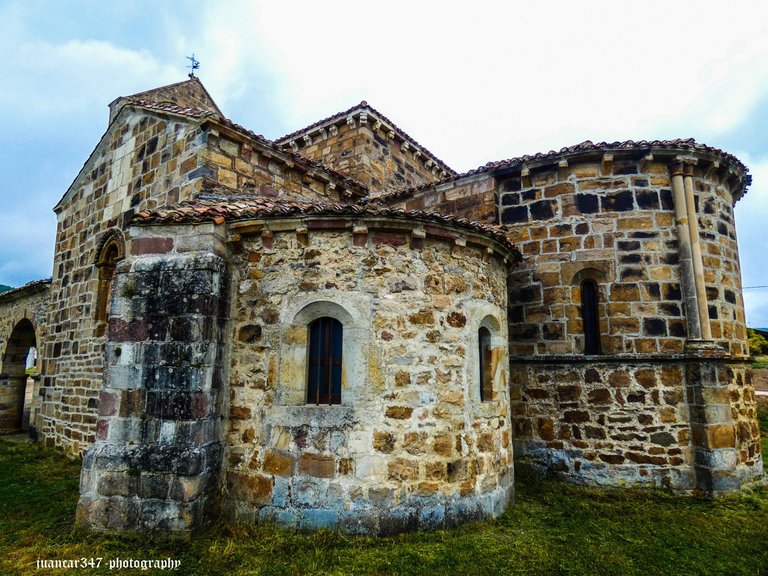
It is inevitable and at the same time, a weakness, but every time I leave behind the mists of the Europe Peaks to descend to the Castilian Plateau, challenging the adventure that involves rolling through the intricate twists and turns and paths of the Palentina Mountain, I end up in a town, Cantamuda, which seems to be peacefully asleep on the banks of a river, the Pisuerga, which, for whatever reason, seems to have also lost its frenetic mountain character, its waters turning into gentle watercolors when they pass by here, who knows if adjusting their rhythm to the tired steps of the anonymous pilgrims they meet on their way.
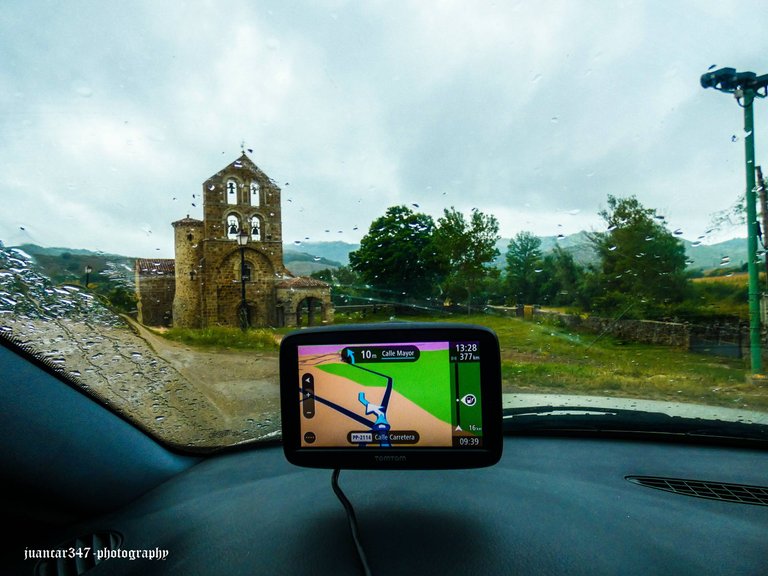
Like these and like the soft murmur of the river waters saying goodbye to it as it passes, I also approach the placid site where, imperturbable in its timeless tone, sits one of the most amazing and ancient architectures of that meritorious and at the same time disconcerting style, which, although it was formerly called romantically Byzantine, is currently referred to by everyone as Romanesque: the church of Saint Salvator.
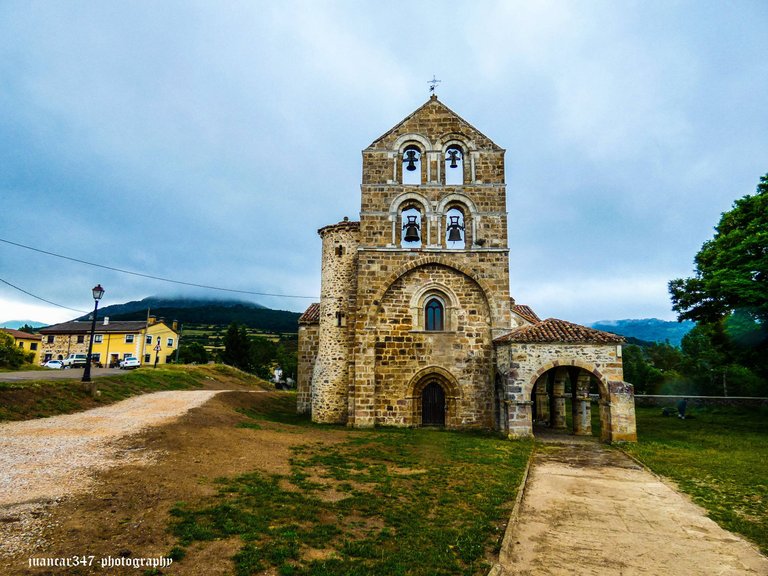
Saint Salvator, as I understand it, is an ode to beauty, where each quatrain and each rhyme, as Eugenio D’Ors once said, referring to the poetry of Bécquer, seems like “an accordion played by an angel,” in whose contemplation the gaze is touched by its humble harmony and at the same time, paradoxically, shaken by its venerable antiquity.
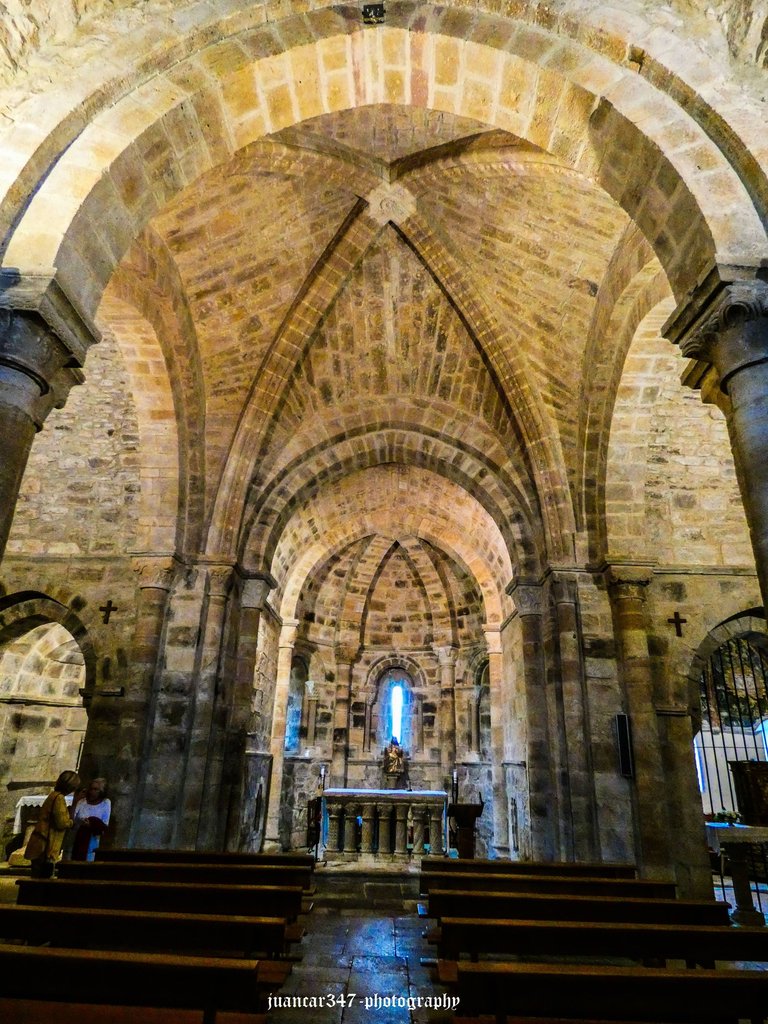
Es inevitable y a la vez, una debilidad, pero cada vez que dejo atrás las brumas de los Picos de Europa para descender a la Meseta castellana, desafiando la aventura que supone rodar por los intrincados vericuetos y caminos de la Montaña Palentina, recalo en un pueblo, Cantamuda, que parece apaciblemente dormido a la vera de un río, el Pisuerga, que, por las circunstancias que sean, parece haber perdido también su frenético carácter montañés, convirtiéndose sus aguas en mansas acuarelas cuando pasan por aquí, quién sabe si ajustando su ritmo a los cansinos andares de los anónimos peregrinos que se va encontrando en su camino.
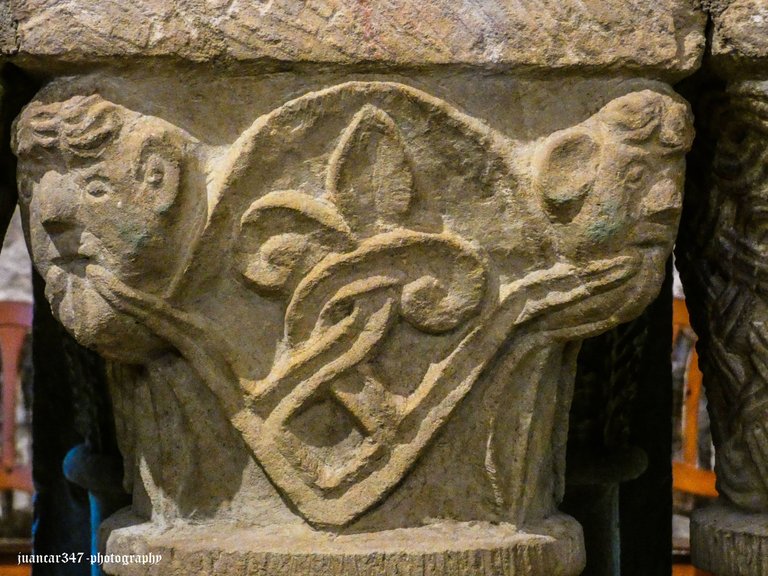
Como estos y como el suave murmullo de las aguas del río diciéndole adiós a su paso, yo también me acerco hasta el plácido solar en el que se asienta, imperturbable en su atemporal tesitura, una de las arquitecturas más asombrosas y antiguas de ese meritorio y a la vez, desconcertante estilo, que, si bien antiguamente respondía al romántico nombre de bizantino, actualmente todo el mundo se refiere a él como románico: la iglesia de San Salvador.
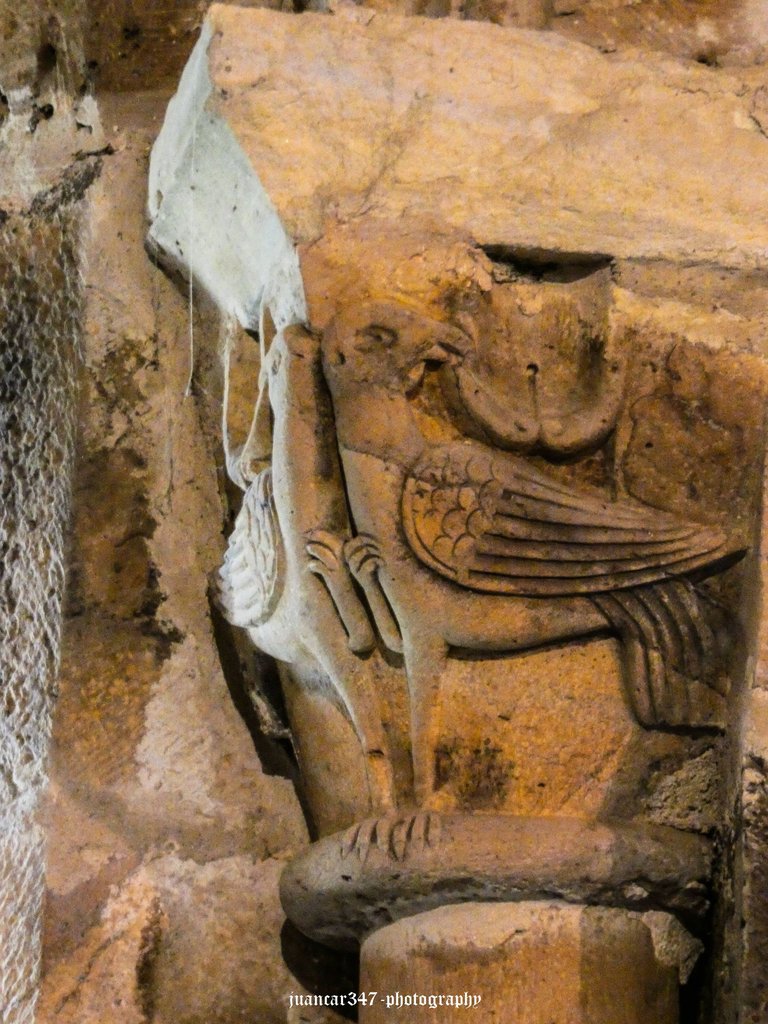
San Salvador, tal y como yo lo entiendo, es una oda a la belleza, donde cada cuarteta y cada rima, como dijo una vez Eugenio D’Ors, refiriéndose a la poesía de Bécquer, parece ‘un acordeón tocado por un ángel’, en cuya contemplación la mirada se enternece por su humilde armonía y a la vez, paradójicamente, se estremece por su venerable antigüedad.
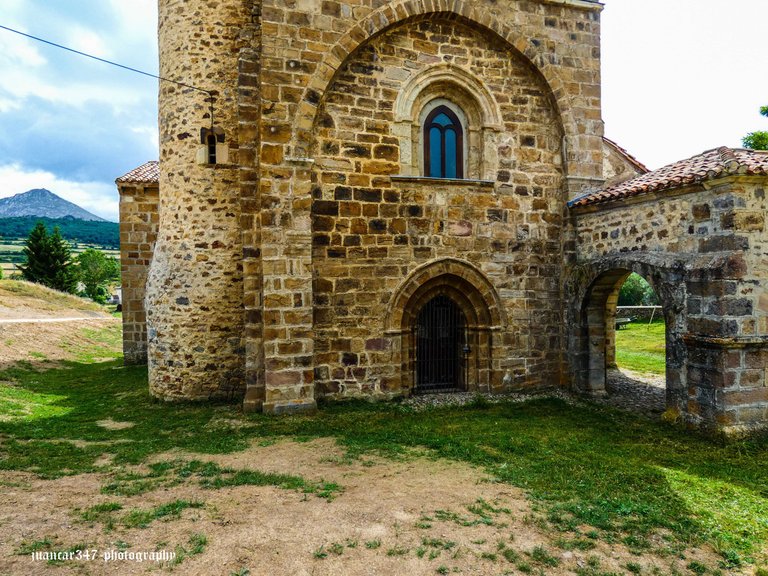
NOTICE: Both the text and the accompanying photographs are my exclusive intellectual property and are therefore subject to my Copyright.
AVISO: Tanto el texto, como las fotografías que lo acompañan, son de mi exclusiva propiedad intelectual y por lo tanto, están sujetos a mis Derechos de Autor.
